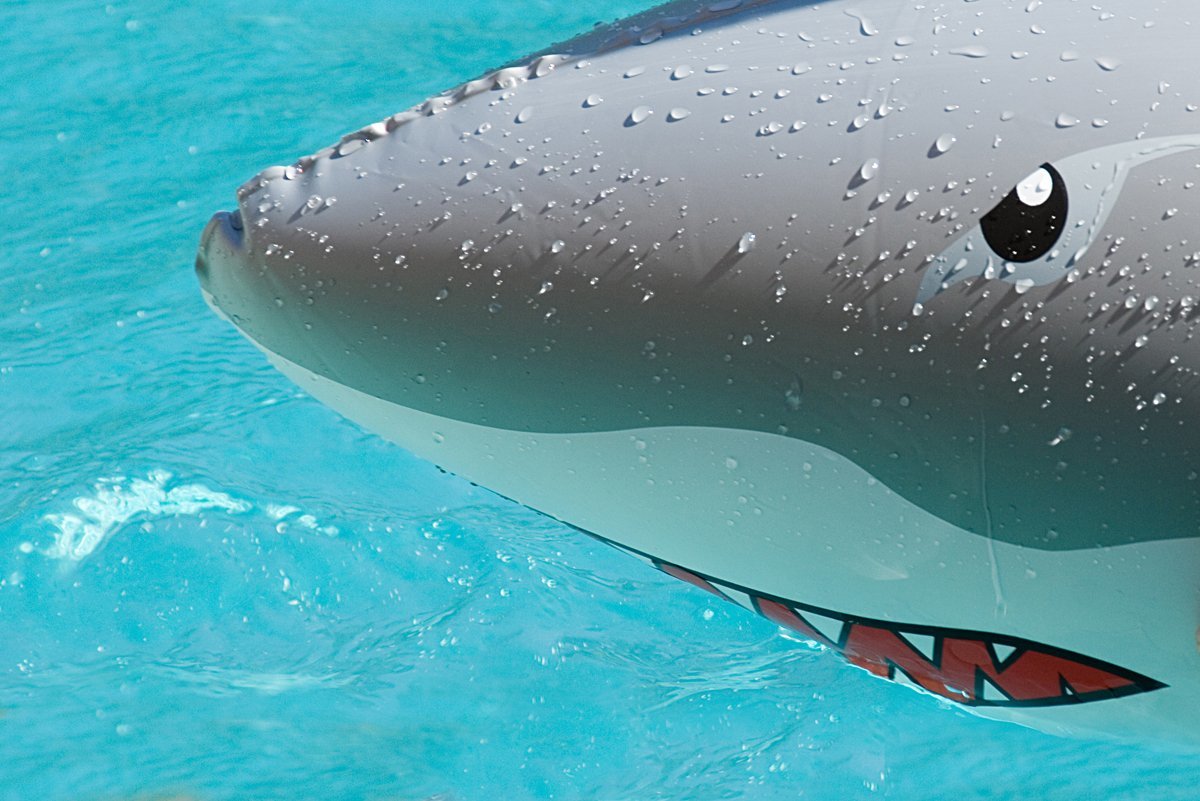Fins in focus as shark patrols start
Brooke DuBois
05 December 2019, 7:30 PM
 Eyes are now in the skies to keep Fleurieu ocean users safe. Photo: Freeimages.com
Eyes are now in the skies to keep Fleurieu ocean users safe. Photo: Freeimages.comThe Fleurieu Peninsula is a beachgoer’s delight, and as we move further into summer, fixed wing aerial shark patrols are again in the skies with the aim of keeping water users safe.
The patrols began on Monday 18 November and will run until mid-March.
The coastline from North Haven down to Rapid Bay is patrolled between about 10am and 7pm daily. The patrols extend to the south coast of the Fleurieu Peninsula from Victor Harbor to the mouth of the Murray River on weekends and public holidays, and during school holidays.
If there is a shark spotted that may pose a risk to the public, the shark plane will fly continuous circles above the location, sound a siren and immediately advise the South Australian Police, who will manage the response.
Swimmers in the area should immediately leave the water, making sure that others in the vicinity are also aware.
There have already been confirmed and unconfirmed sightings of sharks in Fleurieu Peninsula waters, according to Shark Watch South Australia, a not-for-profit organisation that publishes sightings on social media.
A report to Shark Watch from a member of the public said on 22 November, at about 6.15pm, a shark was sighted in the water at Aldinga Beach by the shark spotter plane. The plane sounded its siren to alert the few swimmers in the water and others in the area.
Just before 6pm a few days earlier, on 19 November, the shark patrol plane spotted a 2.5 metre shark about 55 metres off shore at Port Noarlunga jetty. The sighting was tweeted by SA Police and republished by Shark Watch.
According to the state government, the start of patrols coincides with an increase in shark activity due to migration of fish into Gulf waters in the warmer months.
On its Facebook page, Shark Watch South Australia also discusses the prominence of shark sightings around this time of year: “Shark Watch SA data archives suggest that mid to late November is the time of the year when shark sightings start to increase on the mid coast after stagnant winters, coinciding with the warming weather, commencing coastal patrols, and generally more people out and about on the water for recreational purposes”.
Although it points out, “changes in shark sighting metrics does not necessarily mean changes in local shark activity”.
The fixed wing aerial patrols are provided by the South Australian Government through the South Australian Fire and Emergency Services Commission.
This season, in excess of 1050 hours of patrols are scheduled for the fixed wing aircraft.
The Surf Life Saving helicopter and shark-spotting drones also operate at beaches across the state.
To stay up to date with shark sightings, follow Shark Watch South Australia on Facebook and Twitter as well as SA Police on Facebook and Twitter.